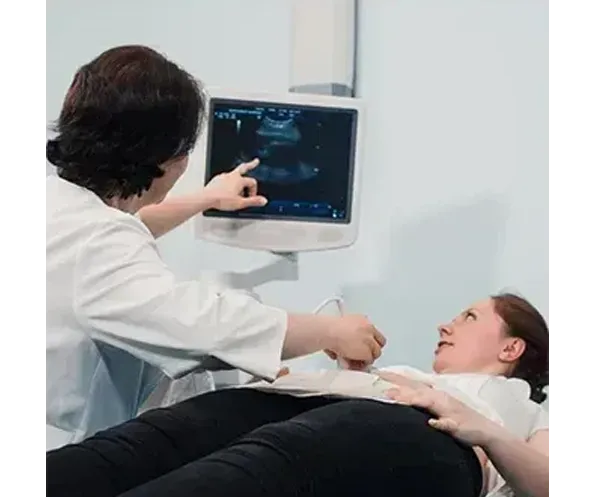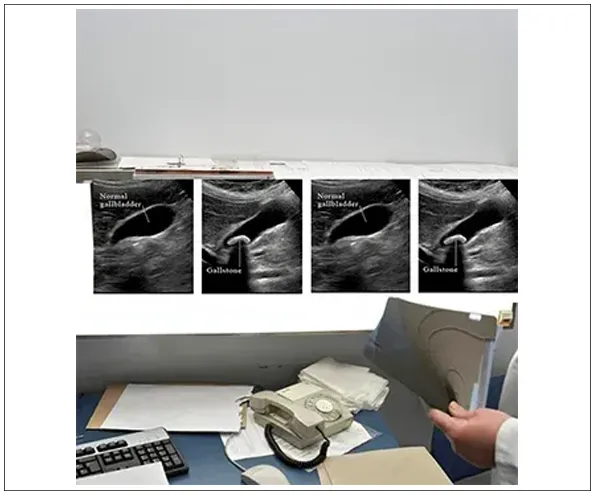

ULTRASOUND
Ultrasound is a procedure that uses high-frequency sound waves to view internal organs and produce images of the human body. The human ear cannot hear the sound waves used in an ultrasound. Ultrasound is:
The technical term for ultrasound imaging is sonography. Ultrasound technology was originally developed as a sonar to track submarines during World War I. It was first used medically in the 1950s and is considered very safe. The original ultrasound scanners produced still images, but modern scanners produce moving pictures, which are easier to interpret.

Ultrasound imaging uses the principles of sonar developed for ships at sea. As sound passes through the body it produces echoes, which can identify distance, size and shape of objects inside.

Need To Know
Getting your results
Your ultrasound images will be analyzed by a radiologist, a physician who specializes in ultrasound and other radiology testing. The radiologist will send a signed report which includes an interpretation of the image to your primary physician. You may receive your results right after your scan. If not, you will receive information on the report through your primary care physician.
Nice To Know
No special preparation is required for a routine ultrasound. Wear loose comfortable clothing to your ultrasound appointment. For a liver or gallbladder scan, the patient is usually asked to fast (take nothing by mouth) for several hours before the test.
You will probably be asked to lie down on a bed or table for the scan. Clothing over the area to be scanned is removed, and a special warm oil or gel is applied to the skin. This is to achieve good contact as the transducer is passed back and forth.
Ultrasonic waves are inaudible and cause no sensation, though pressure from the transducer may be uncomfortable. The scan usually takes about 15 minutes. During the procedure, you will probably be able to watch the ultrasound images on the screen attached to the scanner.
When a scan is performed in conjunction with a biopsy, a local anesthetic reduces or eliminates any discomfort.
Normal activities can be resumed immediately after the test. Ultrasound is very safe and painless, so there is little risk.